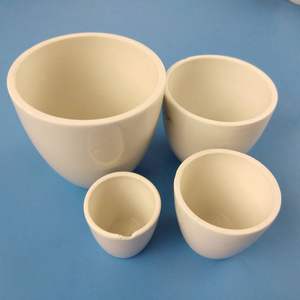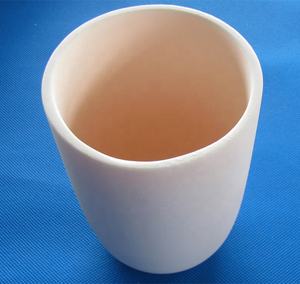Discover Premium Ceramic Products | Durability & Elegance United | Advanced Ceramics
PRODUCT PARAMETERS
Description
Introduction to Alumina Ceramics
Alumina ceramics are known for their high hardness, wear resistance, corrosion resistance, good electrical insulation and high temperature stability. According to the different alumina content, it can be divided into different grades, such as 95 porcelain, 99 porcelain, etc., among which 99 porcelain refers to ceramic materials with an alumina content of 99%. As the alumina content increases, its mechanical strength and electrical insulation properties will also increase accordingly.
Characteristics of Alumina Ceramics
High Hardness: Alumina ceramics have extremely high hardness, which makes it very wear-resistant and suitable for manufacturing abrasive tools and parts that require wear resistance.
Wear resistance: Due to its high hardness, alumina ceramics show excellent wear resistance and are suitable for manufacturing parts for long-term use.
Corrosion resistance: Alumina ceramics have good resistance to most acids and alkalis, making them widely used in the chemical industry.
Good electrical insulation: As an excellent electrical insulating material, alumina ceramics are widely used in electronic and electrical products.
High temperature stability: Ability to withstand extremely high temperatures without significant physical or chemical changes, which makes it an ideal choice for applications in high temperature environments.
Biocompatibility: In the medical field, certain grades of alumina ceramics are used to make medical devices such as artificial joints due to their good biocompatibility.
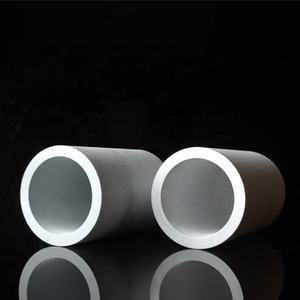
(Alumina Porcelain Ceramic White/ Black Reaction Plate Spot Plate)
Specifications of Alumina Porcelain Ceramic White/ Black Reaction Plate Spot Plate
The Alumina Porcelain Ceramic White/Black Response Plate Place Plate uses high-performance lab options. Home plate is constructed from 96% alumina ceramic. This product ensures excellent thermal stability. It resists temperatures up to 1600 ° C. The framework continues to be secure under rapid home heating or cooling. The plate stands up to chemical rust. Acids, alkalis, and natural solvents do not harm it. This makes it ideal for severe lab environments. The surface area is smooth and non-porous. It prevents example contamination. Cleansing is very easy after experiments. The plate can be found in white or black. The black version enhances contrast for visual analysis. The white variation help in tracking light examples. Each plate has 96 wells arranged in a standard 8×12 grid. Well volume is 0.3 mL per tooth cavity. The layout makes sure uniform home heating and blending. Home plate measurements are 127.8 mm x 85.5 mm x 14.3 mm. It fits a lot of lab equipment. The sides are strengthened for resilience. This decreases damage throughout handling. Home plate works with automated systems. It keeps accuracy in high-throughput workflows. The product has low thermal development. This keeps dimensional accuracy under temperature modifications. The dielectric toughness is high. It prevents electric interference in sensitive tests. The plate is compatible with typical lab reagents. No chemical interactions impact results. It satisfies ISO 9001 standards. Quality control ensures consistency throughout batches. The item is multiple-use. Proper maintenance extends its life-span. It appropriates for catalysis, synthesis, and titration tasks. Scientists in chemistry, biology, and materials science take advantage of its integrity. The plate ships with protective packaging. This stops damage throughout transportation. Customized setups are readily available. Mass orders get affordable prices.
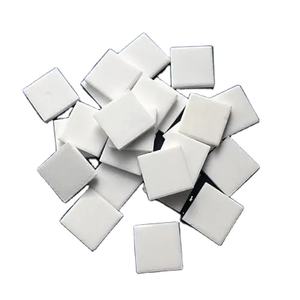
(Alumina Porcelain Ceramic White/ Black Reaction Plate Spot Plate)
Applications of Alumina Porcelain Ceramic White/ Black Reaction Plate Spot Plate
Alumina porcelain ceramic white and black reaction plates, likewise called area plates, offer several functions in labs and industrial settings. These plates provide a stable surface area for small chemical reactions, sample testing, and monitoring. The product, alumina porcelain, offers high thermal security. It takes care of extreme temperatures without breaking. Chemical resistance is another essential feature. Home plates stand up to exposure to acids, bases, and organic solvents. This makes them suitable for hostile responses.
The white and black color options improve visibility. White plates work well with dark-colored samples. Black plates develop comparison for light-colored materials. This helps in tracking shade adjustments or precipitate formation throughout experiments. The smooth, non-porous surface area stops example absorption. Contamination risks decrease. Cleaning comes to be easier. Users rinse deposits quickly with water or solvents.
These plates prevail in instructional labs. Institutions and universities use them for educating basic chemistry. Students practice titration, mixing reagents, and observing responses. Industrial laboratories depend on them for quality assurance. Makers examination resources or completed products. The plates’ toughness makes sure long-lasting usage. They withstand scratches and use from everyday handling.
Uniform heating is one more advantage. Alumina porcelain disperses warm evenly throughout home heating experiments. Results remain consistent. Scientist avoid hotspots that skew data. Home plates collaborate with common laboratory devices like pipettes, droppers, and microscopes. Their small dimension conserves space. Several wells allow parallel screening.
Industries like pharmaceuticals, ecological science, and products study utilize these plates. They evaluate soil samples, inspect medicine purity, or research study polymer responses. The black variant aids in fluorescence experiments. It minimizes history interference. White layers match typical colorimetric tests.
Cost-effectiveness issues. Alumina porcelain layers last longer than glass or plastic options. Substitute costs reduce. Their inert nature guarantees no chemical communication with samples. Accuracy enhances. These plates fulfill safety criteria. They handle sudden temperature modifications without shattering. Customers stay clear of crashes.
Educational institutions, proving ground, and production centers benefit from these tools. The style sustains precise, repeatable experiments. Users concentrate on outcomes without tools restrictions.
Company Introduction
Advanced Ceramics founded on October 17, 2014, is a high-tech enterprise committed to the research and development, production, processing, sales and technical services of ceramic relative materials and products.. Since its establishment in 2014, the company has been committed to providing customers with the best products and services, and has become a leader in the industry through continuous technological innovation and strict quality management.
Our products includes but not limited to Silicon carbide ceramic products, Boron Carbide Ceramic Products, Boron Nitride Ceramic Products, Silicon Carbide Ceramic Products, Silicon Nitride Ceramic Products, Zirconium Dioxide Ceramic Products, Quartz Products, etc. Please feel free to contact us.(nanotrun@yahoo.com)

Payment Methods
T/T, Western Union, Paypal, Credit Card etc.
Shipment Methods
By air, by sea, by express, as customers request.

5 FAQs of Alumina Porcelain Ceramic White/ Black Reaction Plate Spot Plate
What is the alumina porcelain ceramic reaction plate made of? The reaction plate uses alumina porcelain ceramic. This material is strong. It resists chemicals well. It handles high heat without damage. Labs pick it for tough experiments.
How hot can the plate get before breaking? The plate works up to 1600°C. It cools fast without cracking. Thermal shock resistance is high. Sudden temperature shifts are safe.
Can I clean the plate after harsh chemical use? Yes. Wash it with soap and water. For stubborn stains, use diluted acid or bleach. Avoid scrubbing with rough tools. The surface stays smooth.
Why choose white or black versions? The color helps see reactions clearly. White plates make dark samples stand out. Black plates highlight light-colored reactions. Pick based on your lab’s needs.
What experiments suit this reaction plate? It works for titrations, crystallizations, and mixing small samples. Schools, labs, and factories use it. It fits processes needing heat or corrosive substances.
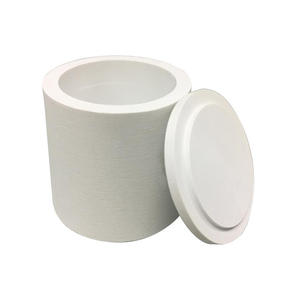
(Alumina Porcelain Ceramic White/ Black Reaction Plate Spot Plate)
REQUEST A QUOTE
RELATED PRODUCTS
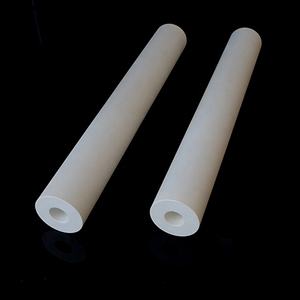
Industrial Electrical Technical Machinery Custom High Heat Resistant Ceramics Alumina Structural Parts
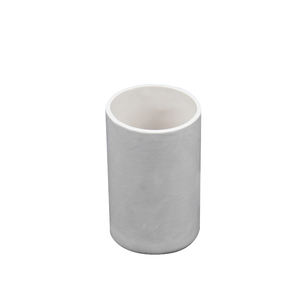
Industrial Alumina Ceramic Part Custom Made 95% 99% Alumina Ceramic Products
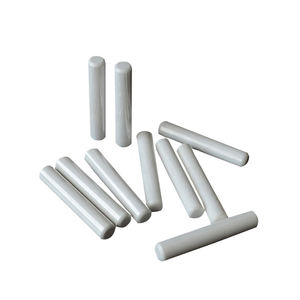
Low Thickness White Alumina High end Ceramic Substrate Carved Aluminum Oxide Ceramics
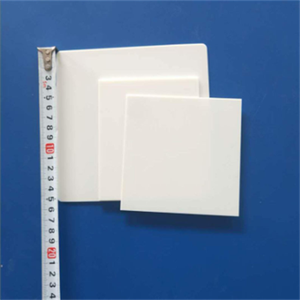
Industrial Ceramic Customized High Hardness 99 Alumina Ceramic Sheets Al2o3 Ceramic Part
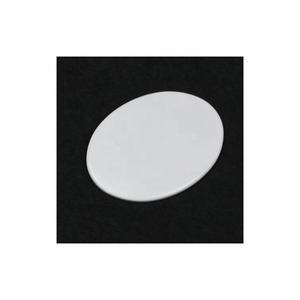
Labs Al2o3 Alumina Ceramic Combustion Boat
